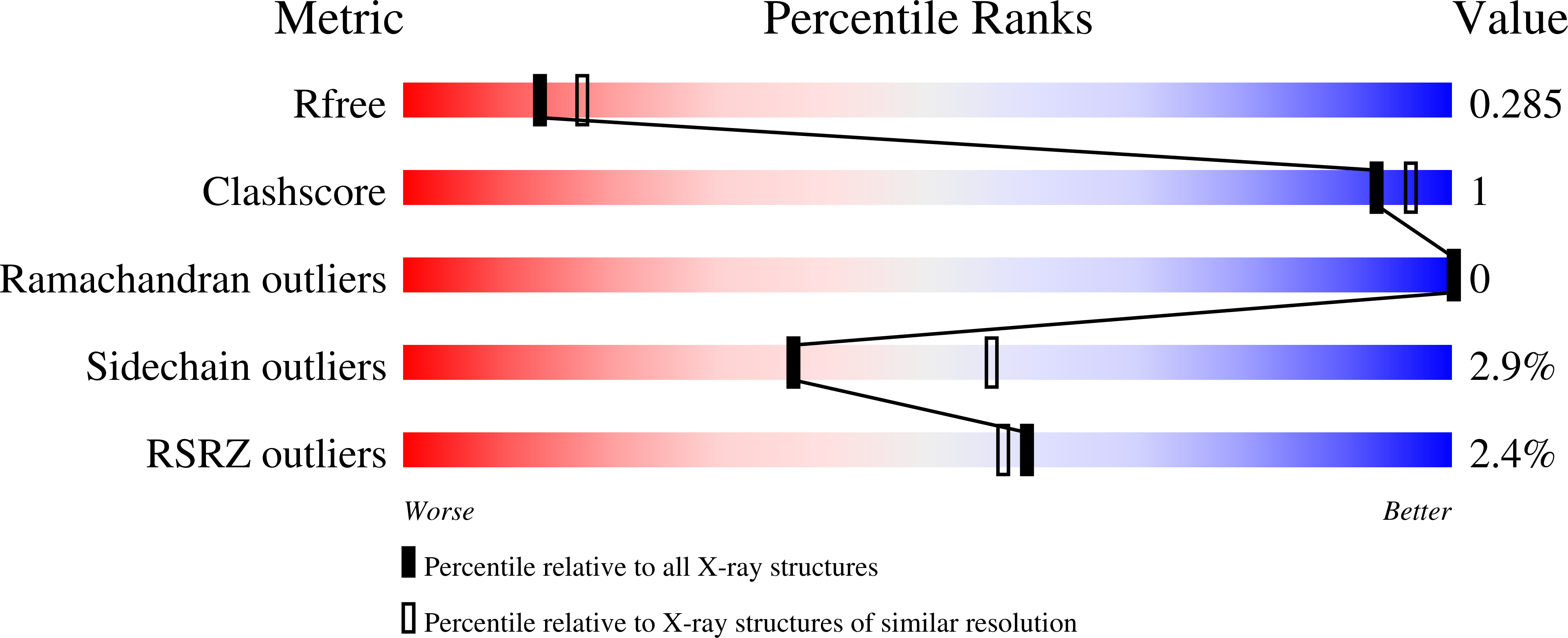
Deposition Date
2024-05-01
Release Date
2025-05-28
Last Version Date
2025-07-09
Entry Detail
PDB ID:
9F6H
Keywords:
Title:
Crystal structure of bovine alpha-chymotrypsin in complex with the bicyclic peptide inhibitor MP5.4.3
Biological Source:
Source Organism:
synthetic construct (Taxon ID: 32630)
Bos taurus (Taxon ID: 9913)
Bos taurus (Taxon ID: 9913)
Method Details:
Experimental Method:
Resolution:
2.42 Å
R-Value Free:
0.28
R-Value Work:
0.21
R-Value Observed:
0.21
Space Group:
P 61


